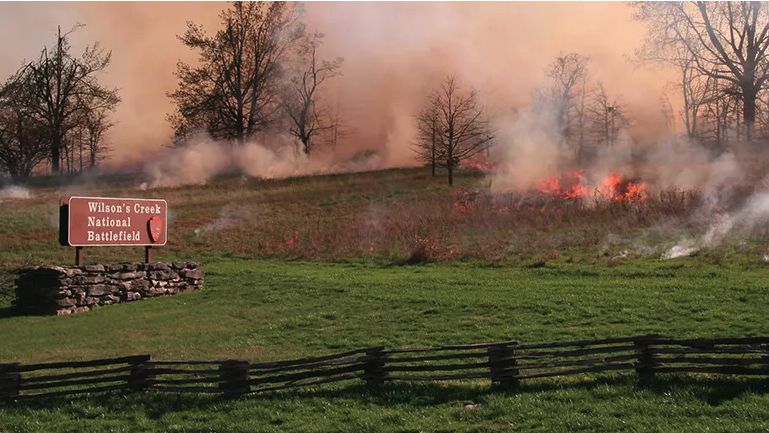Have you ever heard the expression “fighting fire with fire?” In its most literal sense, it can describe the practice of igniting prescribed fires to prevent future wildfires.
We rarely think of fire as a good thing, but in this case, it is.
A prescribed fire is a planned, low-intensity fire conducted by a team of trained professionals under specified weather conditions to restore health to ecosystems that depend on fire.
Not only do prescribed fires reduce hazardous fuels that destructive wildfires feed on, but they could slow large wildfires and diminish their severity in the future.
The goal? To restore and maintain healthy forests across the U.S.
The U.S. Forest Service established a 10-year Wildlife Crisis Strategy to increase forest health treatments across the country. The Forest Service conducts these burns nationwide. While most of the focus is on treatment in the Western U.S., the plan includes forests in the South, Midwest and Northeast.
According to U.S. Forest Service Spokesperson Shayne Martin, “a healthy forecast is capable of self-renewal following drought, wildfire, beetle outbreaks, and other forest stresses and disturbances—much as a healthy person stands a good chance of recovering from a disease or injury.”
The U.S. Forest Service conducts prescribed fires during the fall, winter and early spring. The weather has to be suitable for a prescribed fire, to ensure the safety of the crew and surroundings.
Since dangerous fire weather is low humidity and gusty winds, the ideal conditions for a prescribed burn include high humidity and calm winds to lessen the threat for a prescribed fire going out of control.
During the prescribed fire, firefighters will use natural barriers, control lines and pretreatments to control the flames. The U.S. Forest Service says they routinely coordinate prescribed burning with the state or local air quality regulatory agency or state forestry agency to ensure that the smoke remains manageable.
Along with the protection that prescribed fires provide for the land and people who live around it, it can also provide benefits for animals.
Prescribed fires can provide forage for game and remove unwanted species that threaten the native species. It can also improve the habitat for threatened and endangered species.
The benefits of prescribed fires far outweigh the negatives.
On average, the U.S. Forest Service says that about 4,500 prescribed fires are lit every year, treating about 1.3 million acres across the National Forest System.
Shayne Martin said, “almost all prescribed fires—99.84%—go according to plan. However, we cannot underestimate how destructive prescribed fire escapes can be.”
Last spring, an escaped prescribed fire in New Mexico ended up becoming the largest and most destructive wildfire in state history.

The Calf Canyon/Hermits Peak Fire burned more than 341,000 acres in New Mexico after two separate wildfires merged.
The Hermits Peak fire began when the U.S. Forest Service lost control of a prescribed burn on April 6, 2022. Later in April, it merged with a holdover fire from prescribed pile burn in January in Calf Canyon.
The two fires burned into each other during a time of dangerous fire weather with strong winds a low humidity, allowing them to combine into one.
This case was an extreme outlier, and the U.S. Forest Service strives to continue to use prescribed fires as a key management tool that is necessary to reduce the risk of catastrophic wildfire and improve the resiliency of forests.
Our team of meteorologists dives deep into the science of weather and breaks down timely weather data and information. To view more weather and climate stories, check out our weather blogs section.



